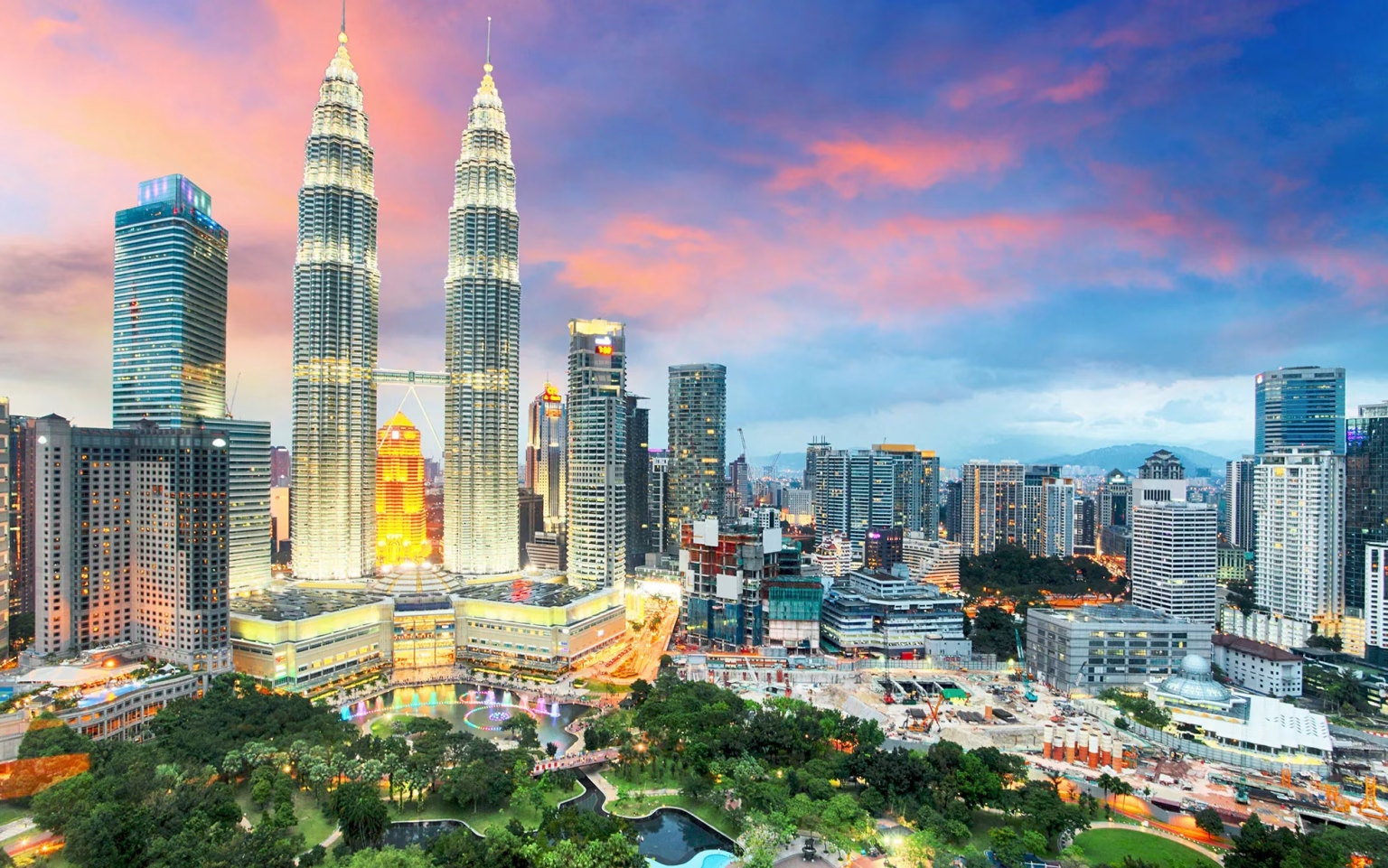In the first quarter of 2025, Malaysia quietly claimed a major victory in Asia’s tourism scene. Over 10 million international visitors crossed its borders, making it the most visited country on the continent.
Among them, nearly 1.8 million came from China, drawn by new visa relaxations and the promise of experiences that blend modern city life with sun-drenched beaches and lush nature, according to Business Today.
This surge didn’t happen by chance. Malaysia has been carefully curating its appeal. Chinese travellers benefited from extended visas, while Indian visitors enjoyed temporary visa-free access through 2026. At the same time, targeted influencer campaigns on platforms like WeChat helped showcase Malaysia’s attractions to a younger, digitally connected audience.
The results are visible everywhere. Streets of Kuala Lumpur buzz with tourists snapping photos of iconic skyscrapers, while family-friendly resorts along the coast see laughter and splashes in equal measure. Beyond the cities, visitors explore rainforests, mountains and islands, sampling Malaysia’s diverse cuisine along the way.
Even Singapore, historically a top source market, couldn’t compete with Malaysia’s winning mix of accessibility, modern infrastructure, and rich experiences. In just a few months, Malaysia managed to outshine regional rivals like Thailand and Indonesia, establishing itself as a new favourite in the region.
Looking ahead, authorities are working to keep the momentum going. Digital marketing initiatives are expanding, and visa facilitation continues to make travel easier. The message is clear: Malaysia isn’t just welcoming travellers; it’s making them feel at home, offering moments that stay with them long after they leave.
In a world where tourists have endless options, Malaysia proves that thoughtful planning, a touch of innovation and a focus on diverse experiences can turn a country into a must-visit destination.


